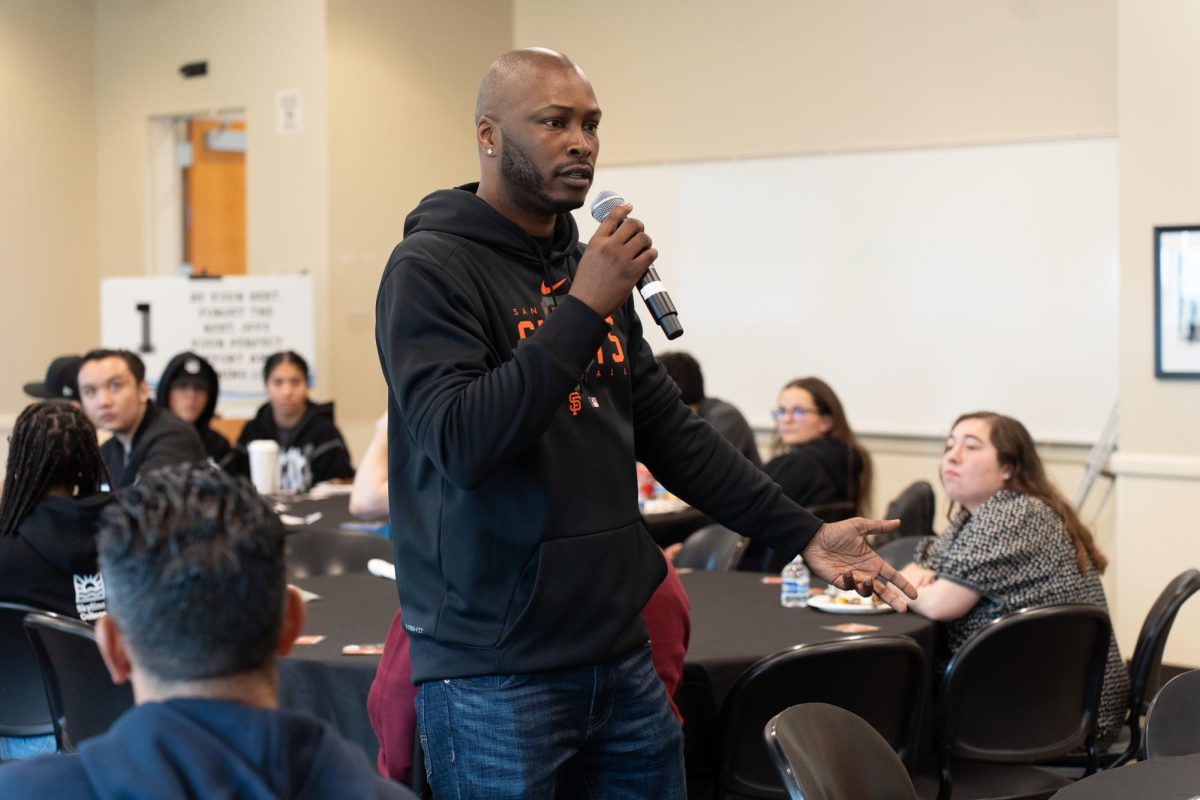Students hoping to transfer to the CSU system may have to wait longer than expected to continue their education.
Pending the outcome of Jerry Brown’s California Tax Increase Initiative, the CSU system has announced the possibility of freezing enrollment for the spring semester in 2013. This tax initiative could also impact the fall semester and cause the CSU system to wait-list every student applying for the fall of 2013.
This major change in enrollment policies stems from the threat of an additional $200 million cut to the CSU budget next year if the tax initiative is not passed, on top of the $750 million that has already been cut. This solution to the budget problem would cause roughly 20,000 to 25,000 eligible students to be turned away for the fall of 2013, which would help the CSU’s reach their goal of reducing enrollment by about three percent. Cal State usually receives about 700,000 fall applicants.
This coming fall, CSU has reported they will not make any early admission decisions. They also say that all applicants will be warned that their admittance to the universities is dependent upon whether or not the tax initiative is passed. Enrollment at individual campuses for the fall of 2013 is contingent on funding.
Skyline student Richard Lopez Albinana expressed his concerns about his transfer plans, given the recent developments.
“It’s a gamble at this point,” Albinana said. “They said most people are going to be wait-listed. If I apply this fall for 2013, I’m not sure I could get in. I might be one of the people that are wait-listed; then I’m going to have to wait another year or do something else. I’m really not sure what’s going to happen. I’m preparing for the worst but hoping for the best.”
The 23 CSU campuses will, by and large, not accept any new students in the spring upon the rejection of the tax proposal. There are a few, however, that plan to admit several hundred community college students for that semester. These campuses include Channel Islands, Los Angeles, Fullerton and San Francisco. The alternative to this extreme solution would be tuition in- creases, a proposal that has been met with outrage. The CSU’s have raised tuition the last six years in a row, with a 9 percent increase this fall. This puts the annual tuition at nearly $6,000, which does not include housing, books or other college-related expenses.
The proposed tax initiative doesn’t only affect the CSU’s. While the UC system has no plans to reduce enrollment next year, if the tax proposal isn’t passed in November and no other sources of revenue can be found, spokesperson Dianne Klein has said that they will need to explore other options to bridge the budget gap. One such option would be to reduce enrollment, like the CSU’s.
At such a time as this, one would think that pay raises for administrators wouldn’t be at the forefront of discussion. This is not so. The Cal State Fullerton and East Bay campuses are both getting new presidents and both of them are expected to receive a 10 percent higher salary than that of their predecessor. Mildred Garcia, soon-to-be president of the Fullerton campus, could receive as much as $324,500 a year. Milton Gordon, the previous president of Fullerton, made $295,000.
There is a similar story at the East Bay campus, where Leroy Morishita (who has been acting as the campus’ interim president) could be expected to earn as much as $303,660 when the title becomes officially his. This does not include the additional $60,000 Morishita would receive for housing. His predecessor, Mohammad Qayoumi, earned 10 percent less than Morishita’s proposed salary.
It is unknown at this time whether the trustees will approve the salaries for these two college officials, but if they are approved it certainly won’t help the CSU’s budget crisis. The drastic solutions proposed in case the tax initiative is rejected seem to push voters to pass the initiative on the November ballot, in order to allow all students a chance at education. In any case, the CSU campuses are fighting to stay above water and are in great danger of drowning if they must deal with an additional $200 million cut.









